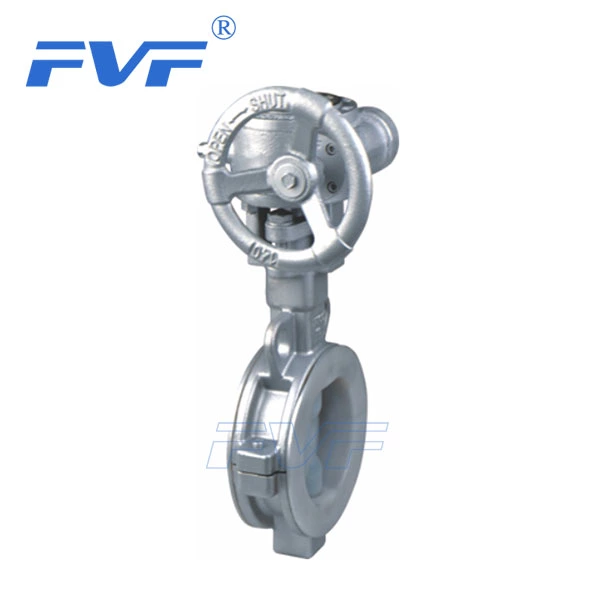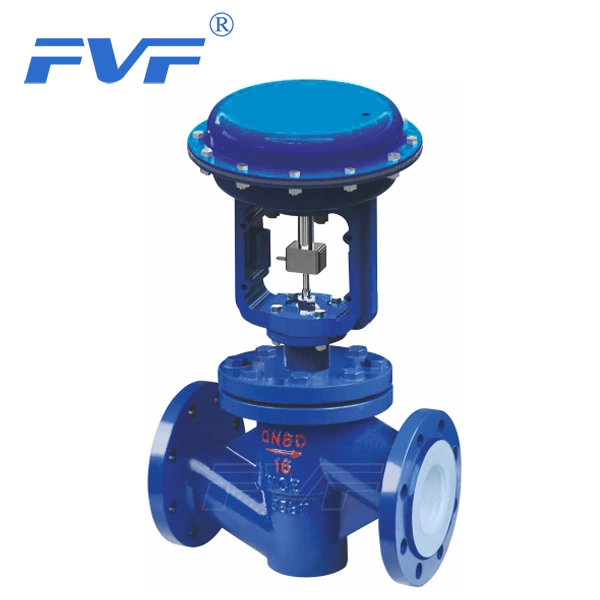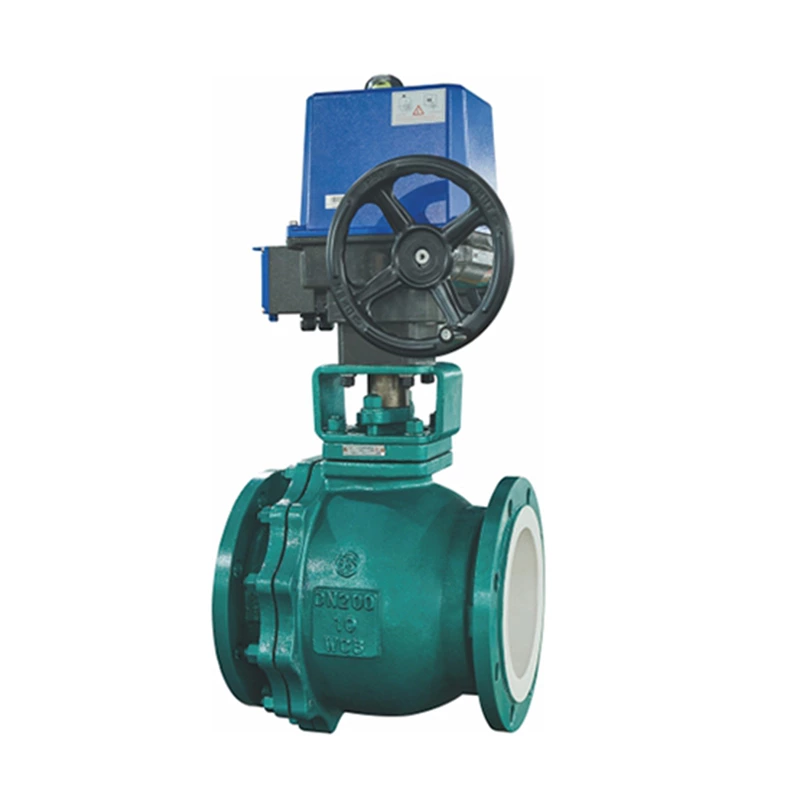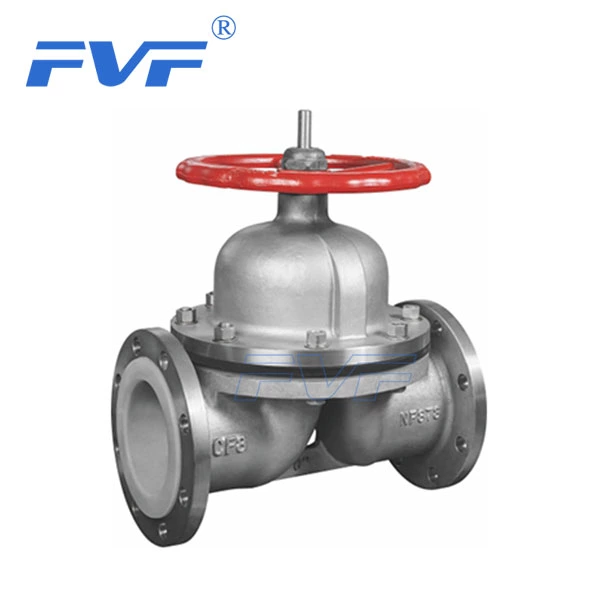Introduction To The Causes Of Corrosion Of Stainless Steel Butterfly Valves
Lined Butterfly Valve rusted during use. After metallographic analysis, staining test, heat treatment test, SEM and other test analysis, it was found that the key factor for material rust is the precipitation of carbides along the grain boundaries to form a chromium-poor area, which causes the stainless steel butterfly valve to rust.
CF8M stainless steel butterfly valve rusted during use. After normal heat treatment, austenitic stainless steel has an austenite structure at room temperature and good corrosion resistance. In order to analyze the cause of corrosion of the butterfly valve, sampling and analysis were performed.
1. Test method:
Chemical composition analysis sampling (to determine whether it meets the standard requirements), metallographic structure inspection, heat treatment process test and SEM analysis.
2. Test results and analysis:
3. Chemical composition analysis results and standard composition.
4. Metallographic analysis:
Metallographic samples were cut from corrosive stainless steel butterfly valves. After grinding and polishing, they were corroded with ferric chloride aqueous solution and observed and analyzed on a Neophot-32 metallographic microscope. Its metallographic structure consists of austenite and another precipitate. Theoretically, after normal heat treatment, austenitic stainless steel should obtain a uniform austenitic structure. There are two types of structures to determine what the other precipitate in the structure is: one is the σ phase and the other is carbide. σ is different from the conditions for the formation of carbides, but they all have a common feature, that is, the sensitivity of austenitic stainless steel to intergranular corrosion.
First, the variegated method σ phase identification is used. Use an alkaline red blood salt aqueous solution (red blood salt 10g + potassium hydroxide 10g + water 100ml). After the sample is boiled in the reagent for 2~4min, the ferrite is yellow, the carbide is corroded, and the austenite is bright. The σ phase changes from brown to black. After the sample cut from the butterfly valve is boiled in an alkaline red blood salt aqueous solution for 4 minutes using the above method, it is observed under a microscope. The precipitate remains the same and no obvious changes are found. Therefore, we decided to use the heat treatment method to further test the facial analysis.








